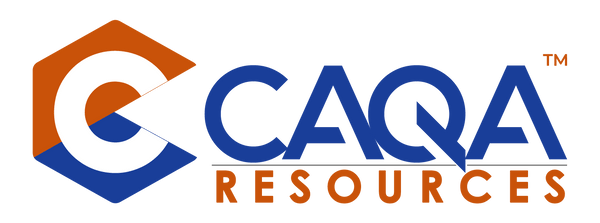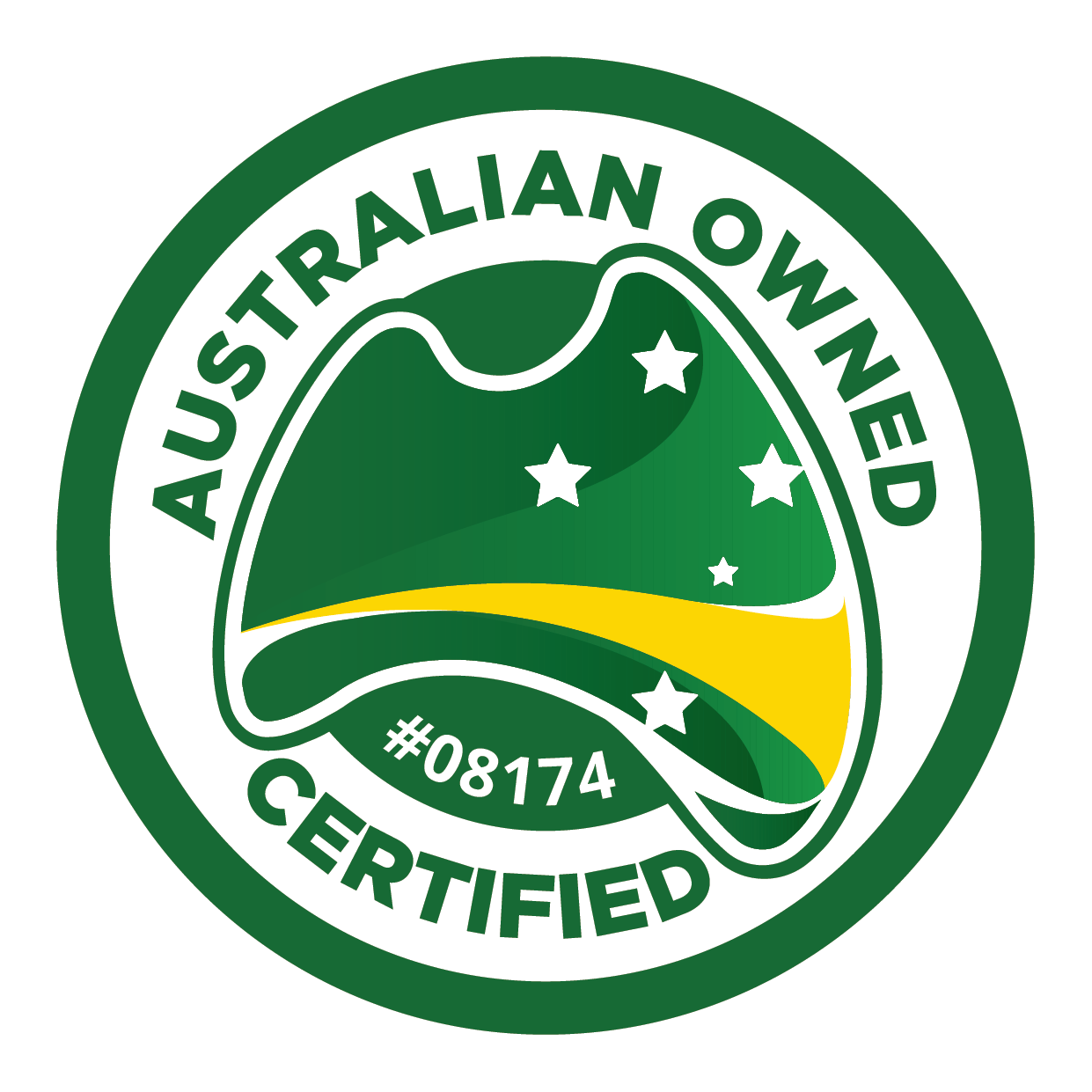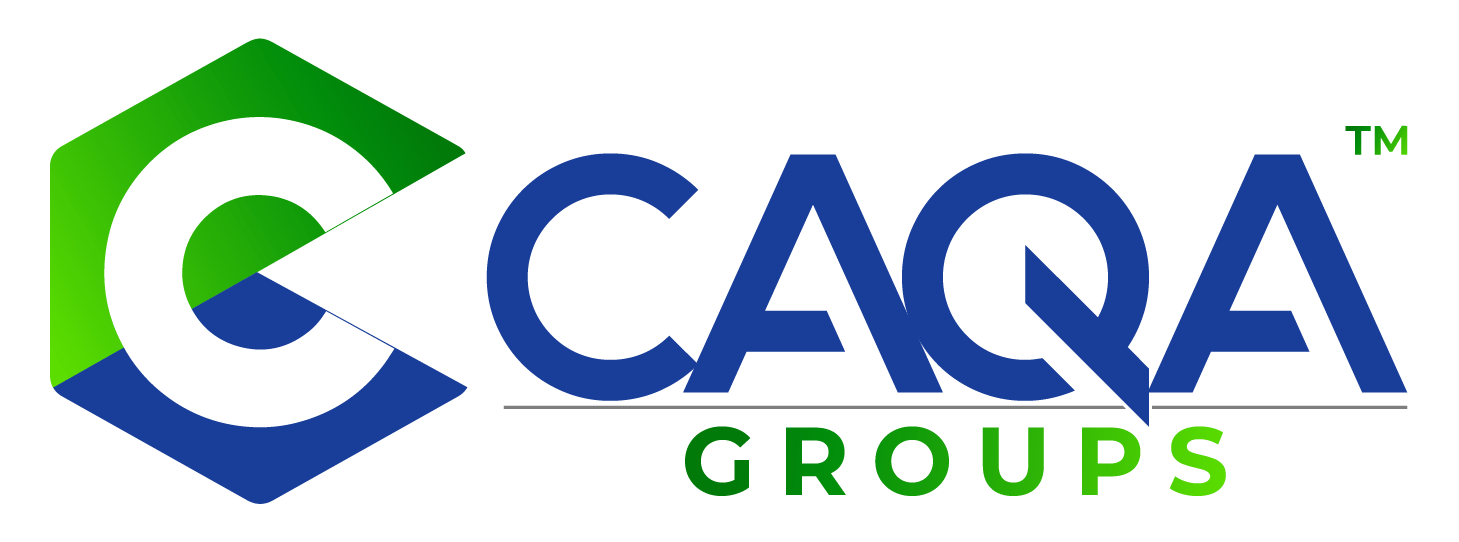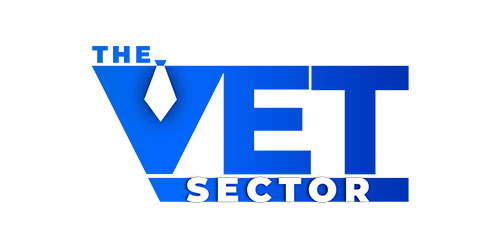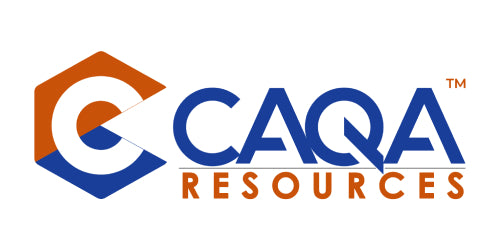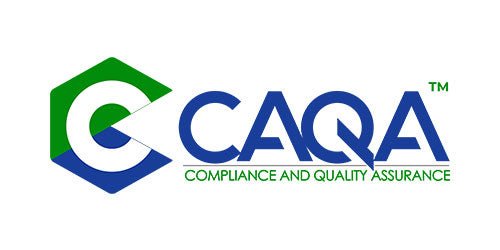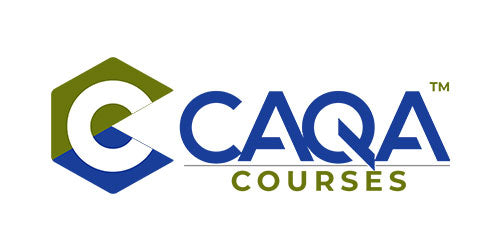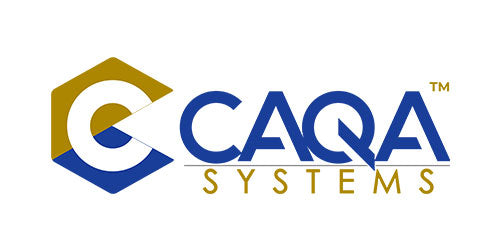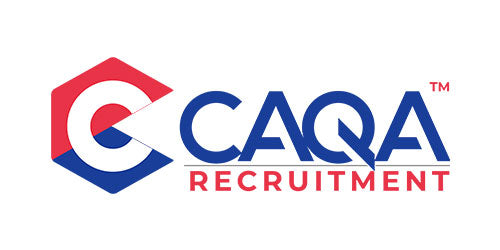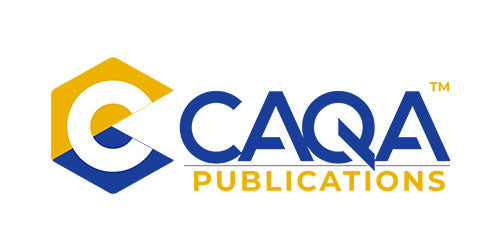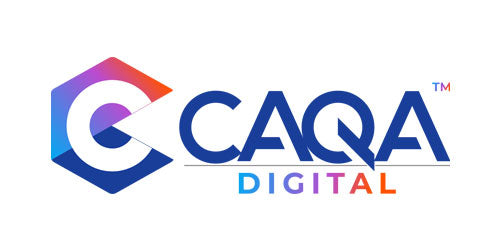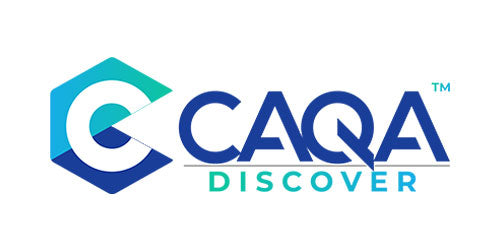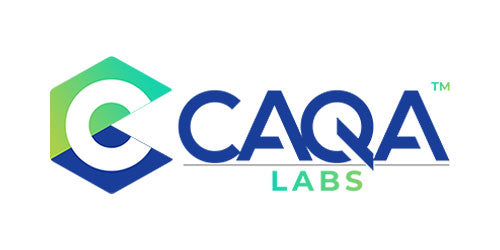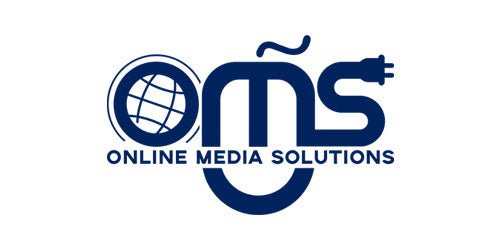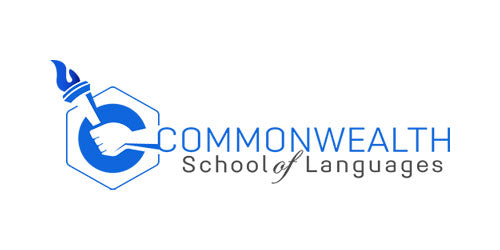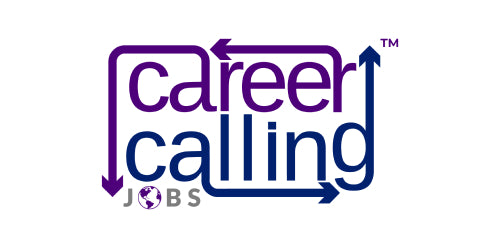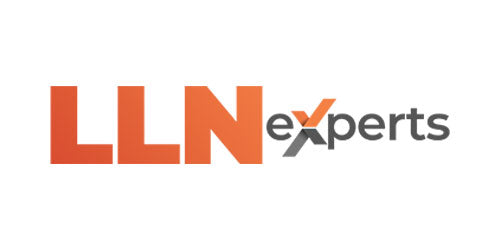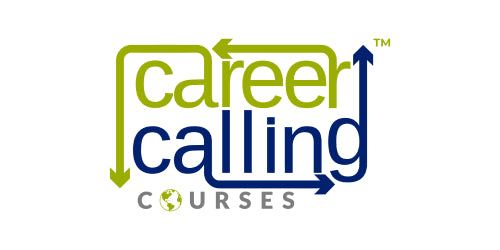Introduction
The TAE Training and Education Training Package sets the foundation for quality training and assessment within the vocational education and training (VET) sector. For trainers and assessors, delivering units of competency that accurately represent workplace conditions is crucial. This involves creating a practice setting that mirrors the real-world environment candidates will encounter, ensuring they are well-prepared for their professional roles. This article delves into the importance of maintaining realistic training conditions, leveraging current industry technologies, and implementing comprehensive simulated workplace training and assessment.
Ensuring Realistic Representation of Workplace Conditions
Authenticity in Training and Assessment:
- Practice Setting: Develop an environment that closely mimics actual workplace conditions. This includes using real-world equipment, following industry procedures, and simulating job roles.
- Engagement with Learners: Facilitate opportunities for candidates to engage with learners, allowing them to refine their instructional skills in a realistic setting.
- Industry Technologies: Stay updated with the latest industry technologies to ensure that training and assessment activities reflect current workplace practices.
Regular Industry Interaction:
- Industry Professionals: Maintain regular interactions with industry professionals to validate the relevance and authenticity of simulated activities.
- Feedback Loop: Use feedback from industry stakeholders to continuously improve the training and assessment processes, ensuring they meet industry standards.
Key Criteria for Simulated Workplace Training and Assessment
- Quality:
- Standard Compliance: Ensure the learner’s work meets entry-level industry standards, demonstrating competence and quality.
- Productivity:
- Time Management: Tasks should be completed within typical industry timeframes, teaching learners to manage their time efficiently.
- Safety:
- Adherence to Standards: All activities must adhere to prevalent safety standards, emphasizing the importance of maintaining a safe work environment.
- Realism:
- Authentic Simulations: Simulations must accurately reflect the workplace setting, including equipment, procedures, and job roles.
- Complexity:
- Real-World Challenges: Tasks should simulate real workplace challenges, requiring learners to make decisions and solve problems.
- Variability:
- Dynamic Scenarios: Introduce variables such as time constraints, resource limitations, and unexpected problems to mimic real-world conditions.
- Interactivity:
- Collaboration Opportunities: Provide opportunities for learners to interact with colleagues, clients, or management, fostering interpersonal skills.
- Feedback:
- Constructive Critique: Implement a system for providing constructive feedback, allowing learners to reflect on their performance and identify areas for improvement.
- Assessment:
- Robust Evaluation: Ensure the simulation includes a robust assessment component to evaluate learner performance against industry standards.
- Documentation:
- Administrative Tasks: Require learners to complete relevant documentation as they would in the workplace, reinforcing the importance of administrative responsibilities.
- Ethics:
- Ethical Scenarios: Incorporate ethical dilemmas and scenarios to teach learners how to navigate moral and ethical issues in the workplace.
- Adaptability:
- Flexible Skills: Encourage learners to adapt their skills and knowledge to different situations, fostering flexibility and problem-solving abilities.
Comprehensive Competency Assessment in Simulations
To ensure that learners are adequately prepared for the workforce upon completion of their competency units, simulations should facilitate a comprehensive assessment of competencies, including:
- Task Skills:
- Effective Performance: The ability to perform specific job tasks effectively, demonstrating technical competence.
- Task Management Skills:
- Prioritisation and Execution: Managing several tasks at once, prioritising, and executing them efficiently.
- Contingency Management Skills:
- Problem-Solving: Handling unexpected problems and emergencies, adapting to changes, and solving issues as they arise.
- Job/Role Environment Skills:
- Role Fulfillment: Understanding and fulfilling the responsibilities and expectations of the job role, including collaboration with others.
- Transfer Skills:
- Versatility: Applying skills and knowledge to various contexts and situations, demonstrating versatility and adaptability.
Practical and Proportionate Assessment Tasks
Assessment tasks should be practical and proportionate in scope, reflecting conditions typically encountered in the workplace. This includes:
- Realistic Scenarios: Designing tasks that mimic actual job situations, requiring learners to apply their skills in a practical context.
- Comprehensive Evaluation: Assessing learners on multiple aspects of their performance, including technical skills, decision-making, and interpersonal abilities.
Conclusion
Developing compliant and realistic training and assessment resources is essential for preparing learners in the TAE Training and Education Training Package. By creating practice settings that mirror actual workplace conditions and staying abreast of industry technologies, RTOs can ensure that their learners are well-prepared for their future careers. Implementing comprehensive simulated workplace training and assessment that meets key criteria and facilitates a thorough evaluation of competencies will help maintain the authenticity and effectiveness of training, ultimately leading to successful outcomes for learners.









